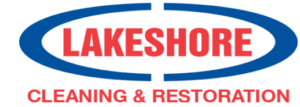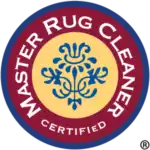For the purpose of this article, we will call visible soils “stains,” because stains are more of a challenge to remove than a spot. Remember, a spot is on the fiber while a stain is inside the fiber.
After you have identified the type of carpet and the type of stain you are dealing with, it is time to choose the proper products to produce a successful cleaning.
Petroleum-Based Stains
For petroleum-based stains, such as ink, grease, and oil, look to organic solvents, commonly referred to as dry solvents. Dry solvents dissolve oil-based soils through careful agitation. Sometimes water-based detergents, which contain wetting agents (surfactants), are used in conjunction with dry solvents.
When cleaning polyester or olefin carpets, it’s important to note that oily soils can penetrate the fiber, which means the dry solvent must also penetrate to remove the soil. Then you have the added challenge of sticky residue on the fiber. A thorough rinsing with hot detergent or a volatile dry solvent minimizes future resoiling issues.
Remember to always use proper ventilation when cleaning with dry solvents.
Protein Stains
Protein digesters or enzyme treatments are useful for cleaning stubborn protein stains, such as blood, feces, or vomit. These enzyme products work well as long as you follow manufacturer directions. Adequate contact time with the stain is especially important, so make sure you adhere to manufacturer-recommended dwell time.
Water-Soluble Stains
Common water-soluble stains include tracked-in mud, food and beverages, water-based pens, and markers. These stains are typically easy to remove using a water-based cleaning agent.
Natural or Organic Stains
Some water-soluble stains, such as coffee and tea, are more difficult to remove because the heat of the liquid bonds the substance to the carpet fibers. These substances often leave a tannin stain behind, even after cleaning. When water-soluble products have failed, remove these natural and organic stains with an oxidizing agent.
Other organic stains that respond well to oxidizing agents include stubborn food and beverage colorants, such as those in grape juice, ketchup, mustard, and most condiments.
Synthetic or Man-Made Stains
Man-made stains, especially those caused by red dyes in sports drinks and Kool-Aid, require a reducing agent. These types of stains, as noted in previous articles, affect nylon more than other fibers.
Apply reducing agents with a wet towel and a steam iron or other heat source. This process requires careful attention so as not to harm the carpet color or melt fibers. Use a damp, disposable, white cotton towel between the heat source and the carpet to keeps the heat from negatively affecting the fibers.
Lakeshore Cleaning & Restoration is dedicated to keeping the businesses and homes in Oakville, Burlington, and surrounding areas, in top-notch condition.
Contact us at (905) 465-2337


